These 6 Types of Books :
Build skills to explore, pay attention, converse and understand emotions with a sequence of children’s books
Children with Autism Spectrum Disorder (ASD) have varying levels of social skills and language abilities. Reading with your children is just as important for building communication skills in children with autism as it is with typical children. Use books that help meet your child’s goals and build skills by progressing upwards through books that build more advanced communication skills.
First, start with books that help the child explore and pay attention. Then move to books that help children build conversational skills and understand emotions. The last set of books are books about autism that you can use to explain autism to your child.
The six types of books reviewed here build skills sequentially for children with autism:
- Realistic picture books
- Sensory books
- Repetitive books
- Story books
- Social skills books
- Children Books about Autism
Realistic Picture Books for Autistic Child
Goals: Exploration, attention, single words
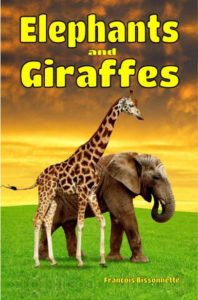
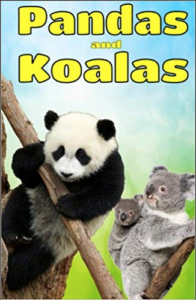
For children who are not engaging with adults, the first step is to gain their attention. Books with realistic pictures of their favorite animals is a great way to introduce your child to books. Children also tend to connect with animals, and seeing pictures of them often sparks their curiosity, which is a key to getting them to start to engage. Books about transportation, farm animals, dinosaurs and space/planets can be interesting to kids.
Examples would be Elephants and Giraffes and Pandas and Koalas, or other books by Francois Bissonnette.
Sensory and Pop-up Books for Child with Autism
Goal: Exploration, attention, single words
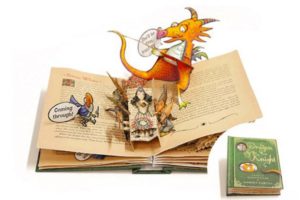
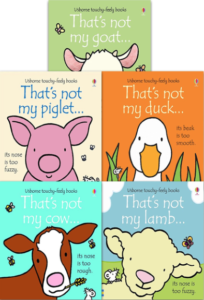

The best-selling Touchy-Feely series by Fiona Watt are good books for children working on attention because the textures are attractive and you can comment as your child explores the books. Also good for grabbing attention are pop-up books and the “slide and find” version of Brown Bear, Brown Bear by Eric Carle.
Repetitive Books for Child with Autism
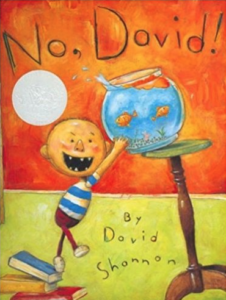
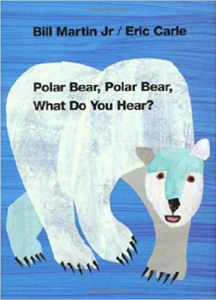

Goal: Turn-taking, single words, phrases
The immensely popular children’s author, Eric Carle, is highly effective in engaging all children in reading and interactions. His books Brown Bear, Brown Bear and Chicka Chicka Boom Boom are big hits with many kids with autism. His book The Very Hungry Caterpillar is also engaging. Learning the repetitive phrases used in these books is a good way for your child to learn language. Other good repetitive books include Goodnight Moon by Margaret Wise Brown and 5 little Monkeys Jumping On the Bed and Time For Bed by Mem Fox.
How to Use Repetitive Books for Interaction.
Repetitive books by Eric Carle, books about songs and interactive books such as “Don’t Push the Button”, can help kids interact with the reader. Read the repetitive phrase, such as, “Brown Bear what do ______” and the child will fill-in the last word “see.” And with songs, use the same strategy. Sing the song and stop, wait and the child will fill-in the rest of the song.
Reading Books for Autistic Child
Goal: Conversation, emotions, comprehension

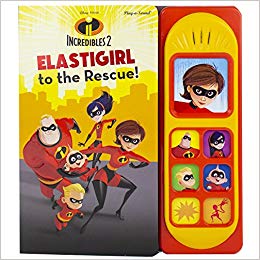
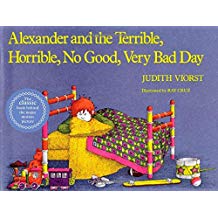
Story books – or traditional “children’s books” – are excellent to pursue questions of point of view with your child. When reading these, ask “What do you think he is thinking?” or “Why did he/she ____?” One of our favorites are Where the Wild Things Are by Maurice Sendak. Also, books about popular movies such as the Incredibles.
Social Skills Books for Child with Autism
Goal: Social skills, conversation
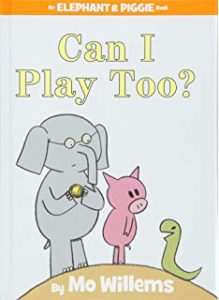
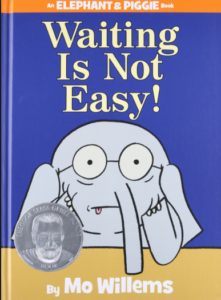
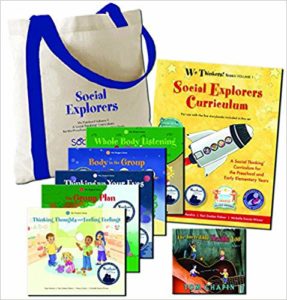
There are a number children’s books that explicitly target social skills and emotions. The Social Explorers Curriculum (Volume 1) from Michelle Garcia Winner includes five books with titles such as Thinking with Your Eyes and The Group Plan. We also like When My Worries Get Too Big, which can help children understand their feelings. Socially Curious and Curiously Social is great for tweens and teens. Books by Mo Williams also help children understand emotions in an entertaining fashion.
Childrens Books About Autism
Goal: To Explain Autism

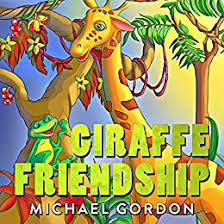
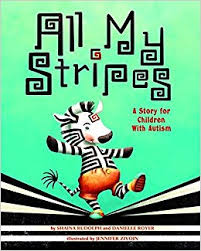
Lily loves her halfbrother, Adam, but his autism has taken over her life. Lily can’t make friends or go out after school — caring for Adam has forced Lily to become as much mother as sister. All Lily wants is for her stepfather, Don, to acknowledge that Adam has a real issue, and to find some kind of program that can help him. Then maybe she can have a life of her own.
All My Stripes is about a zebra with autism and the difficulties he has. This is a good book to use to talk about what it is like to have autism.
Here is a video reading of All My Stripes

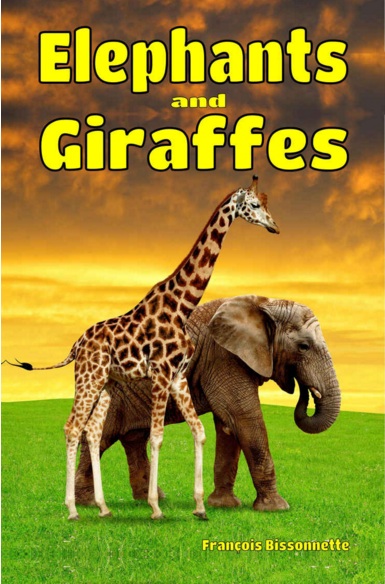
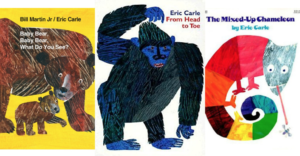
Recent Comments